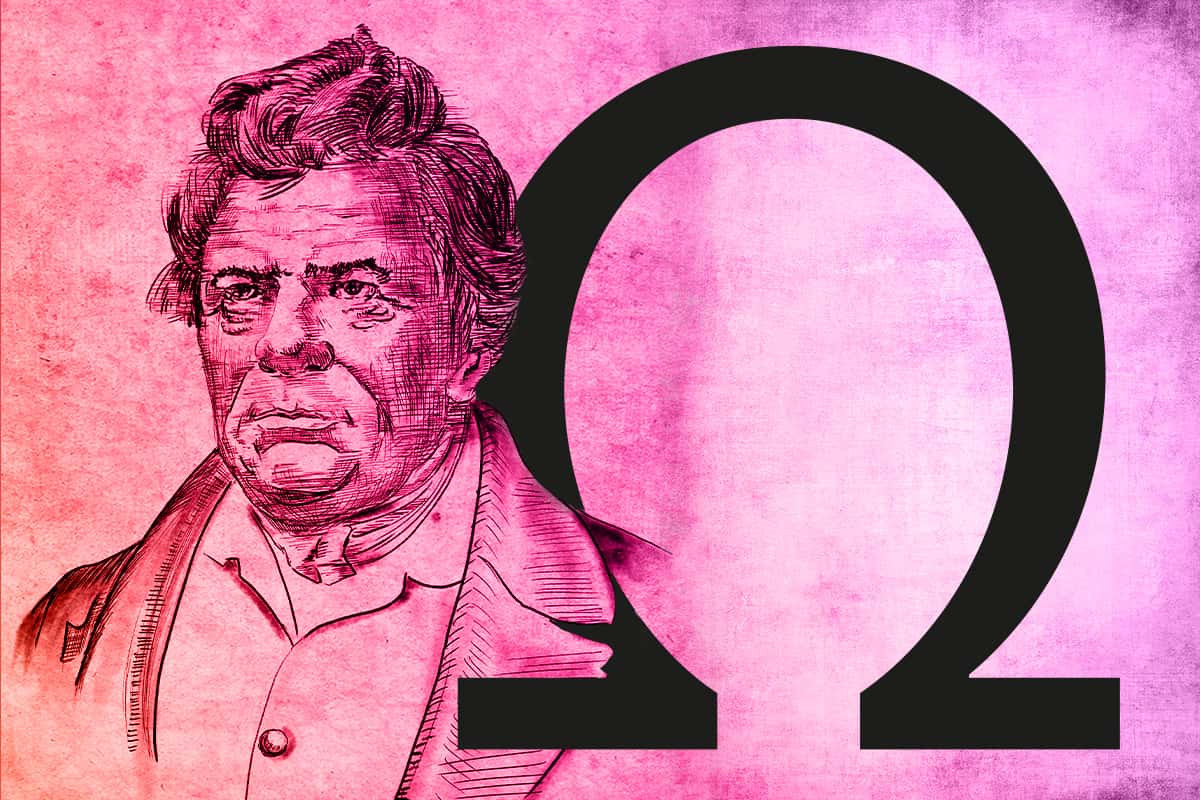
Who is Georg Ohm? The Life and Inventions of Georg Ohm
What is in this article?
If you are browsing through pages to learn all the details while researching the famous physicist Georg Ohm, you will find whatever you are looking for in this article. Ohm had to receive his first education from his father because he could not afford to go to school. His journey to discovering his namesake law will surprise you.
Let's take a look at the details of the famous physicist Georg Ohm's life, his experiences, his inventions, and everything else you wonder about him!
The Curious Life of Georg Ohm
Georg Simon Ohm was born on March 16, 1789, in Erlangen in the Bavaria state of Germany. His father was a locksmith, and he lost his mother at ten. After his mother Maria Elizabeth Beck died, his father took over the care of his brother Martin, his sister Elizabeth and Georg.
Born into a family with economic difficulties, both brothers were unable to go to school, however they spent the rest of their lives excelling in science. Despite professing as a locksmith, their father Johann Wolfgang Ohm taught both of his sons science and mathematics. Following their primary education by their father, the brothers went on their separate paths.
Descending from an old bourgeois family, Johann Wolfgang Ohm attached importance to education, constantly improving himself. Despite his family tradition, he directed his children to mathematics and physics rather than literature. At 15, Ohm entered a mathematics exam prepared by the then renowned Professor Karl Christian von Langsdorf and at the end of the test, the Professor acknowledged Georg's superior command of, and skills at mathematics.
Despite registering to Erlangen University in 1805, Georg Ohm failed in the first three semesters because he wasted his time dancing and playing billiards, so he dropped out.
In 1806, he started his first job as a mathematics teacher in Switzerland. However, teaching took much of his time and he wasn't able to concentrate on his individual studies. Finally he switched to private teaching in Neuchâtel in 1809 and could then allocate time for his own endeavor.
After graduating in 1811 from his doctorate at the University of Erlangen, where he had received his bachelor's degree, Ohm became a lecturer in the university's Mathematics department in the same year. However, he didn't like his salary at this position, which prompted him to quit the office after three months and return to teaching. When Ohm wrote his first geometry book, he had been working as a physics and mathematics teacher at Bamberg for three years.
It was in 1817 when Ohm had the opportunity to experiment for the first time in a laboratory in Cologne, where he had been carrying out his first truly in-depth studies. In his Cologne years, Ohm established his theories on the relationship between electric current, voltage and resistance.
In 1825, he published his work which formed an analysis and the basis of electrical circuits. His work was destructively criticized by other physicists, so he resigned and remained unemployed and in poverty for an extended period of time. He had been struggling until he started at what is now the University of Erlangen-Nuremberg in 1833.
In 1841 it was finally understood and the theory which brought him destructive criticism was actually significant and valuable and he was awarded with a Copley Medal. His career continued as a professor of experimental physics at the University of Munich in 1852, where Ohm continued to serve until his passing from a stroke in 1854.
What Were Georg Ohm's Inventions?
One of Georg Ohm's innovations is Ohm's Law which he discovered in 1826 and formalized in 1860. During his time in Cologne, he worked on the metal conductivity and the behavior of electrical circuits and then published his theory, which was later adopted as a scientific law.
The importance of Ohm's Law began to be recognized in the 1830s, and after the discoveries in 1837, it began to be accepted by the international science community. It took until 1860s for the work of other scientists and Ohm to be fully proven and recognized.
According to this law, current flowing through a conducting wire is directly proportional to the area, and inversely proportional to the length, through which it traverses. Ohm's Law expresses the connection among voltage, current and resistance. To honor George Ohm, his name was given to the concept of Ohm (Ω), the unit of electrical resistance, in recognition of his work in this field.
Ohm's Law (Ohm's Equation) was presented in the book regarding Mathematical Investigation of Galvanic Circuit, titled Mathematisch bearbeitet. This work made the resistance of every substance to electric current measurable, consequently paving the way for electricity-based inventions.
What is Ohm's Law?
Ohm's Law is a science law which lays out the fundamental logic behind Ohm, which is an electrical term. According to the law, current, which traverses a conductor between two points forming an electric circuit, is inversely proportional to resistance and directly proportional to voltage. Formula;
voltage (E) = current (I) x resistance (R) or E = I x R
voltage (E) = volt (V) = ampere (A) x ohm (Ω) or E = V = A x Ω
Volt (V): Volt is the potential difference between the starting (A) and ending (B) points of a current on a conductor. It indicates the voltage intensity between the starting and ending points.
Electric Current Unit (A): This is the unit scale that shows the current on the line where the electricity is transmitted. It measures the movement of electrons in a conductor per unit of time. It is represented by the letter "I".
Resistance (R): This indicates the resistance of a substance to electric current due to its structure. It is used when calculating Ohm (Ω) values of materials with low and high resistance levels.

What Is the Place of OHM Law in Daily Life?
Ohm's Law is used in the production of electrical circuits and in troubleshooting. The function of Ohm's Law in daily life is important for the detection of the problems in electrically powered products.
Problems in the electrical devices and electrically operated systems are checked with tester measurements or against reference values. The name and information plates/labels on the electrical device components contain information on the current and voltage values of that device. The reference values written on these parts inform the repairing and inspection of these products.
The device can also be tested for electrical activity above or below its specified reference values. Digital multimeters and inductive pickups are used for this purpose. The values are checked for any problems in context of the Ohm law.
Ohm's Law is used to verify and detect problems with circuit components, voltage supply, voltage drop and current level values.
Test equipment can detect a current in electrical devices that exceeds the standard. In this case, Ohm's Law is used as a reference to indicate a voltage increase, high voltage condition or low resistance and the repair is carried out accordingly. In this case, the problem is in the supply or circuit and these areas need to be checked specifically.
Testing on circuits using direct current may detect values below the standard. In this case, the problem caused by undervoltage or increased circuit resistance is remedied by replacing weak connections and damaged components.
Ohm's Law is used in the production and installation of basic circuit systems such as electrical plugs, electrical transformers and networks and in solving problems that occur in the operation of these systems.

The Most Significant Works and Achievements of George Ohm
The renowned physicist George Ohm published many different studies and works, and we would like to bring you a selection of the most special ones.
In 1827, Ohm published the book The Galvanic Circuit Investigated Mathematically which brought him recognition. This work, founded in a book by Johann Salomon Schweigger and Johann Christian Poggendorff, was a milestone in the development and application of electric current theory.
In 1843, Ohm introduced the theory of overtones, which Hermann von Helmholtz later developed in 1863 to facilitate the teaching of tonal sensations in music. Known as the Siren Theory, his work attracted interest of its own. Ohm argued that the human ear could distinguish sinusoidal vibrations (simple harmonic movements in sinuses) from other vibrations and actually perceive them. The term Siren refers to the sound which is used to signal and warn people in different situations such as war and air raids.
List of Selected Works
- 1817, Guidelines For An Appropriate Treatment Of Geometry In Higher Education At Preparatory Institutes
- 1849, Elements Of Analytic Geometry Concerning The Skew Coordinate System
- 1854, General Physics: Course Summaries
Achievements
- 1841 member of the Accademia delle Scienze di Torino, 1842 member of the Royal Society (with Copley Medal), 1845-50 member of the Bavarian Academy of Sciences.
- He was elected as honorary citizen to the city of Nuremberg and his bust was placed in the Hall of Fame of the city of Munich. In addition, the Technical University of Nuremberg, the Erlangen Academy and the Cologne Vocational College were agnominated Georg Simon Ohm. George Ohm was honored by naming the discovered asteroid 24750 and a crater on the back of the moon after him..
- In 1881, at the first International Electrical Congress held to honor his work, the name of the unit of electrical resistance was adopted as Ohm.
Other Works and Contributions of Georg Ohm to Science
Georg Ohm's best known invention is the law of electrical resistance. Enabling the measurement of electrical resistance through mathematical formulas, this law paved the way for future inventions. In his book on Galvanic Circuits, he revealed calculation details, examples and particular information on how to make the calculation.
He made an effort to establish the working principle of Sirens, which have now been in use for many years in situations such as war and natural disasters where people need to be warned to take precautions. By identifying the place of sound distinction in human physiology, Ohm supported inventions related to notes of different frequencies, but this theory has not yet been proven. Although this theory was disproved with the August Seebeck hypothesis at the time of its inception, it still exists as a theory.
Lesser Known Things about Georg Ohm
The famous physicist's achievements despite the harsh living conditions and his high intelligence in mathematics and physics are well known, but there are also unknown and interesting aspects of his life. Here are some overlooked facts about Georg Ohm:
Ohm's parents had seven children. However, only three survived due to financial shortcomings and scarce healthcare means in that time. Due to the death of his mother and siblings at an early age, the famous physicist was meticulously raised by his father. To provide the best education for his surviving children, his self-educated father taught them at home and ensured a path for them to university.
At the age of 15, thanks to Professor Karl Christian Von Langsdorf, who tested his mathematical ability, he was able to improve himself by reading works by Euler, Laplace and Lacroix.
George started to study hard at an early age, but when he first started university, he didn't care about his studies, both because he found them insufficient and he wanted to have fun. He tried to relieve the fatigue brought on by hard work in his childhood by having fun in his early youth, and this greatly worried his father.
He sent a copy of the book he wrote in 1817 in Bamberg, Germany, to Wilhelm III, then King of Prussia. After reading the book, the king deemed it successful and the physicist was given a job at Jesuit College, a school founded by Jesuits. Supported by the Catholic Church, the school's ample financial resources allowed Ohm to experiment here to develop his work.
During his time as a teacher, he worked on the electrochemical cell invented by Alessandro Volta and tried to prove his own experiments by using this electrochemical battery and the components he produced himself.
Ohm's work throughout his life was never fully understood and therefore rejected, and he was unable to find financial support and laboratories to work at. The value of his achievements were only recognized some 30 years after his passing, whereafter his name was given to the unit value in the law which he invented.
Now that you have learned about Georg Ohm's life, you may think that the electrical systems you see in many different areas of daily life are actually based on extraordinary stories. What do you think could be the reason why many people like George Ohm, who contributed to science and art, were not appreciated in their time? Could people who are ridiculed and ostracized for their work in your social circle also be the inventors of a law that will be appreciated in the future?
You can read our article to learn all the details about Alessandro Volta, who also inspired George Ohm.

 Online Services
Online Services Application Inquiry
Application Inquiry Pay Assurance Fee
Pay Assurance Fee Query Installation Number
Query Installation Number Compensation Fee Inquiry
Compensation Fee Inquiry Automatic Payment Order Inquiry
Automatic Payment Order Inquiry Partnership
Partnership
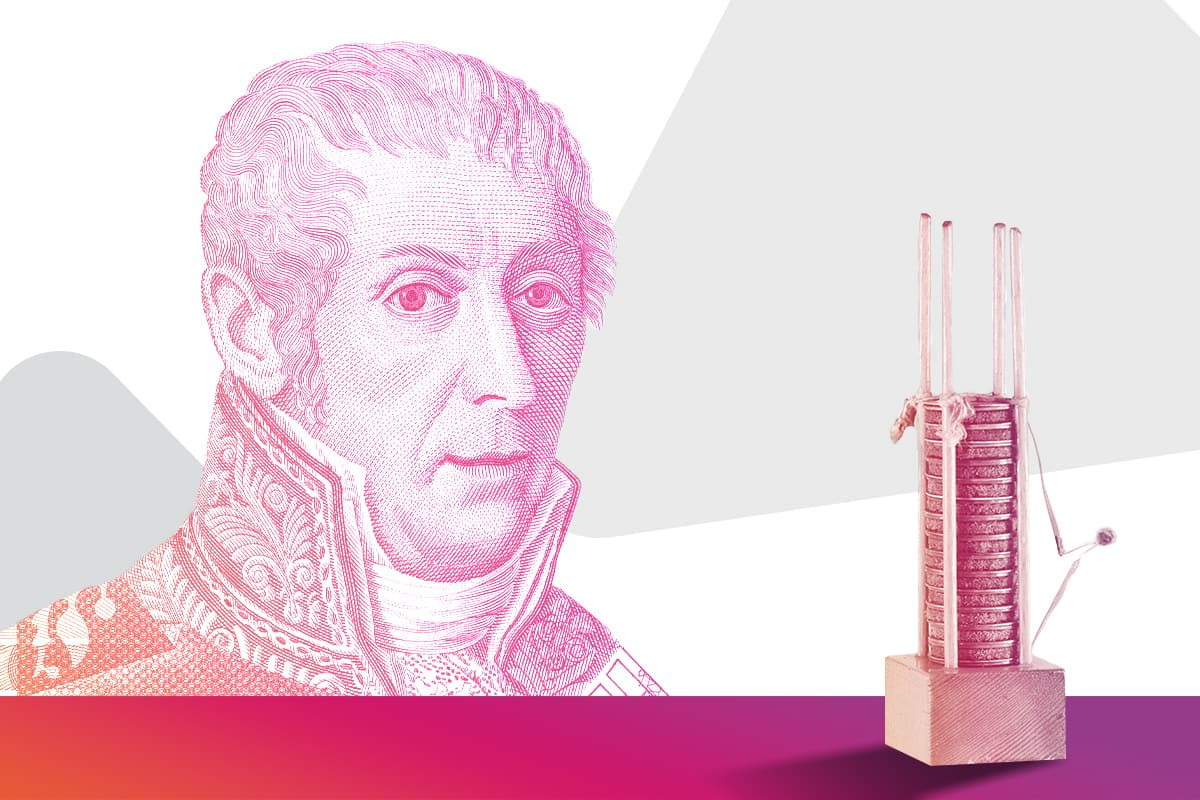


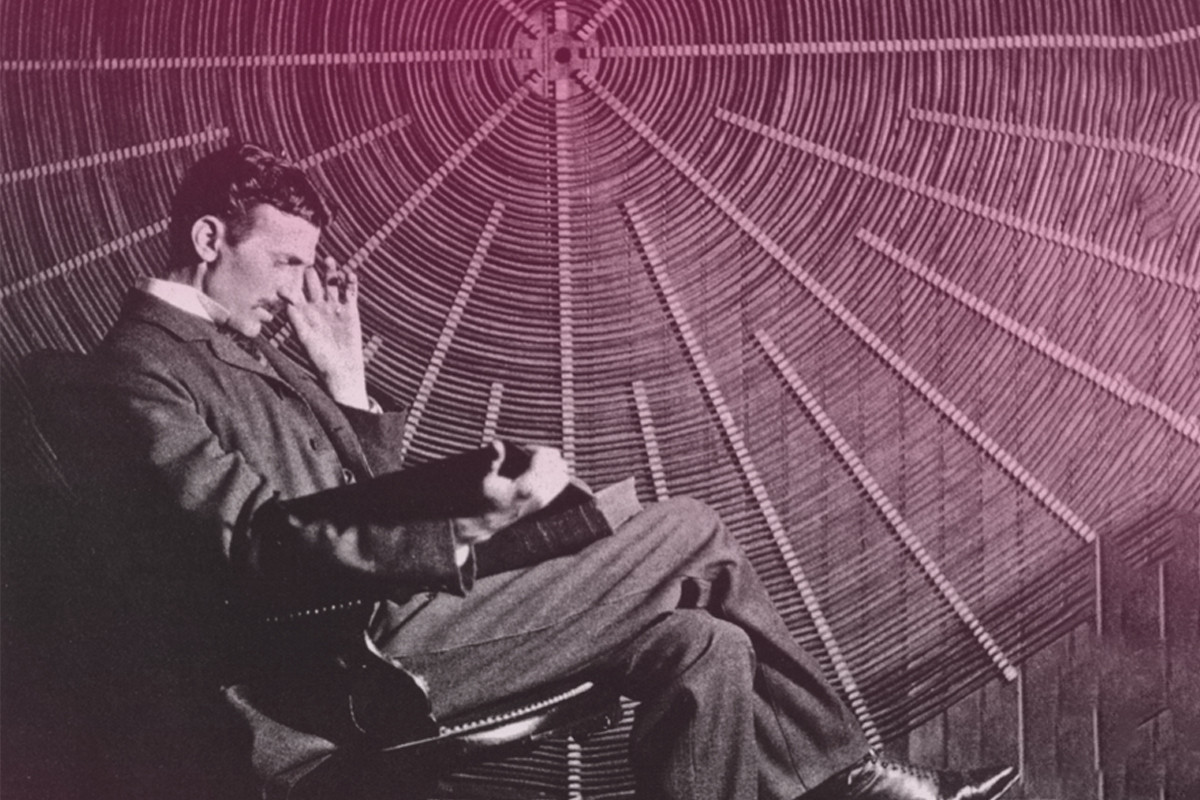
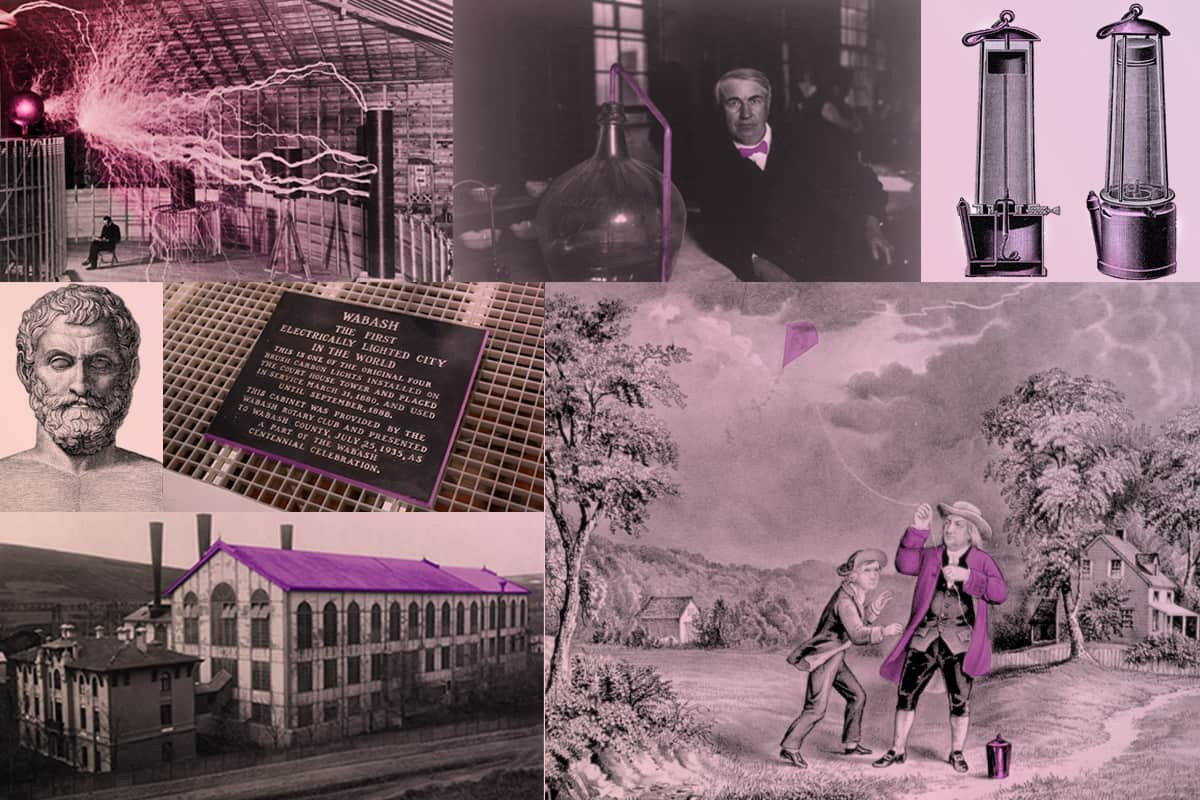
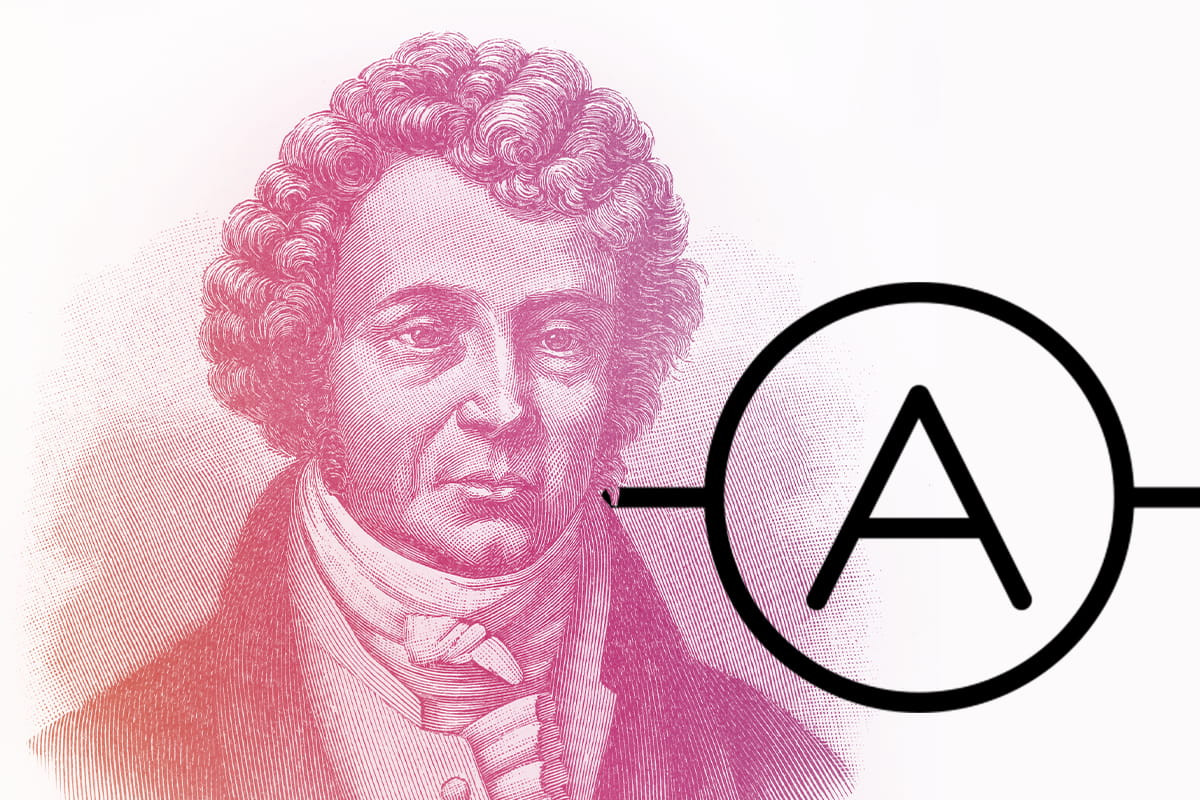
Leave a Comment
Comments (1)
H
Hillary Otiende
Perfect